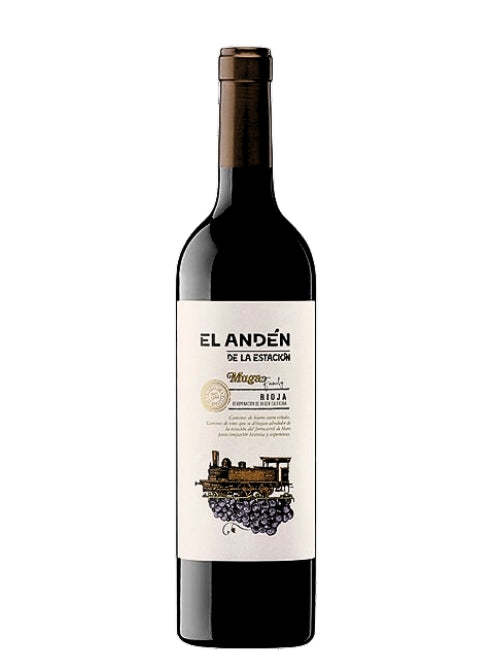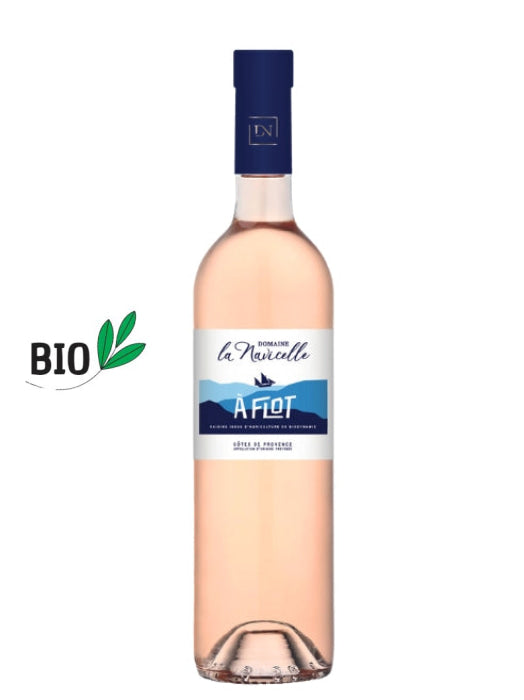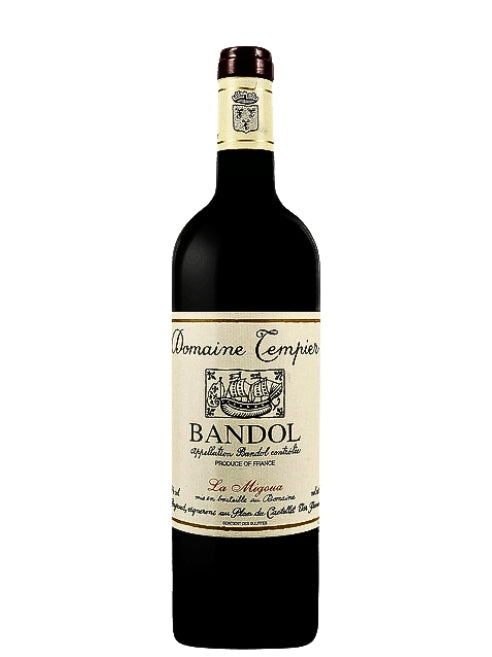The Grenache noir is a major grape variety on the global wine scene. With more than 163,000 hectares planted worldwide, including 81,000 ha in France, it is simply the 7th most planted wine grape variety internationally and the 3rd in France, behind Merlot and Ugni blanc.
In this article, we will dive into its captivating world and explore its origins, its presence around the world, its aromatic profile, its gastronomic pairings as well as its aging potential.
Bon voyage!
Origins and Culture of Grenache Noir
Grenache Noir is native to Spain, specifically from Aragon, a region located in the northeast of the country (to the East of Rioja) where its cultivation dates back more than 2000 years. As early as the Middle Ages, it was introduced to France where it is believed to have been brought back by pilgrims returning from Santiago de Compostela. During the same period, it was exported throughout the Mediterranean basin (Corsica, Sardinia, Italy, Greece, etc.).
From the 19th century onwards, its cultivation spread worldwide and the Garnacha, as it is called in Spain, gradually became one of the most planted varieties in the world.Today, it is found among others in the United States, Argentina, Chile, Mexico, and also in Australia.
Nevertheless, France and Spain remain to this day the preferred countries for Grenache noir, accounting for approximately 90% of the world's production.
In Spain, it is now primarily cultivated in the north of the country, notably within the regions of Castile and León, Catalonia, and Rioja. In the latter, it often complements the Tempranillo, the star variety of the vineyard, while it is the most important grape variety in an appellation like Priorat, in Catalonia.
In France, the Rhône Valley is its preferred region.Indeed, it represents 65% of the local red grape variety and is the predominant variety within renowned appellations such as Côtes-du-Rhône, Vacqueyras, Châteauneuf-du-Pape, Gigondas , and Beaumes-de-Venise. Indeed, Grenache is predominantly found in the southern part of the region
Beyond the Rhône Valley, Grenache is also well established in Languedoc-Roussillon where it is the second most prevalent grape variety after Syrah.It allows for the production of dry red wines but also of sublime Natural Sweet Wines (VDN). In Provence, Grenache noir represents 40% of the entire vineyard and is mainly used for the production of rosés, particularly in the AOC Côtes de Provence. Finally, it is also found in Corsica, whether for the production of rosés or reds. Characteristics and aromatic profile of Grenache noir Grenache noir is known for being productive. It therefore gives its best on poor soils and when it is managed at low yield. This is why it shows very good potential in the Mediterranean, where these two factors are generally combined, especially thanks to a hot and dry climate. During vinification, it is sensitive to oxidation and requires great attention in the cellar from the winemaker. Furthermore, Grenache has the particularity of concentrating a high level of sugar in its berries and thus can produce wines with a high alcohol content.If this capacity can be a problemfor classic red or rosé wines (especially with climate change), it isa remarkable aptitude for the production of Vins Doux Naturels(Maury , Banyuls), these delicious fortified wines with a significant amount of residual sugars.
Regarding itsaromatic profile , it is known as seductive, warm, and indulgent. Indeed, a young red wine from this variety regularly presents afruitycharming and voluptuousprofile, evoking notes of black cherry, blackberry, strawberry, raspberry, and pepper. Depending on the terroir,notes of garrigueor cocoamay also appear.
Finally,the old vintagesof Grenache tend to exhibit aromas ofcandied dark fruits(notably prune) as well as notes ofroasting (coffee, chocolate).
Food and wine pairings and serving temperature
Grenache noir is a fabulous partner when it comes to dining. Itsgourmet sideas well as itssupple tannins indeed allow it to pair with a myriad of dishes.
Thus, a young and fruity Grenache will pair ideally with a charcuterie platter or white meats .On the other hand, a complex and intense Grenachewill be an excellent partner for red meats (beef, lamb, squab) or game meats .
Regarding Grenache-based rosés, they generally pair wonderfully with summer dishes as well as seafood and grilled fish .
Finally, a Vin Doux Naturel made from Grenache will pair magically with blue-veined cheeses (Roquefort, Bleu, etc.).) as well as dessertsbased on dark chocolate, coffee, or dried fruits!
From aserving temperature perspective, it is recommended to serve red wines made from Grenache between 16 and 18°C . Indeed, since these wines can have a high alcohol content, it is important to maintain a moderate serving temperature to avoid enhancing an alcohol-driven aromatic profile . For Vins Doux Naturels, serving around 11-13°Cis recommended to ensure they retain a certain freshness during tasting.
The Grenache: what aging potential ?
The aging potential of wines made from Grenache can vary considerably depending on the wine profiles .
In fact, a Grenache vinified as a dry red wine and developing onfruit and indulgence (like a good Côtes-du-Rhône for example) will havelimited aging potential and should be consumed in its youth (1 to 5 years maximum).
Conversely, a Grenache harvested with low yields , fromnoble terroirs and vinified for long months in oak barrels (as is often the case in Châteauneuf-du-Pape, for example) can easily claim a storage potential of several decades .
Furthermore, when Grenache is blended with other varieties, as is often the case withSyrahandMourvèdre , it is thencomplex to make absolute generalizations about the aging potential. In fact, it will once again depend on the blended varieties, the quality of their terroirs, as well as the vinification style (container, duration, etc.).Nevertheless, note that most of these wines will keep without issuebetween 5 and 8 years.
Regardingrosé wines , it is advised to consume them within the first two to three yearsto preserve their fruity aroma and finesse.
Finally, the Vins Doux Naturels form a category of their own. Indeed, due to their long and atypical aging process (sometimes over several decades), their fortification, and their high sugar content,they can be preserved for very long periods ... sometimes more than 100 years! Once again, this will depend on the yields practiced, the quality of the plant material, the terroirs, and the aging duration of the wines.
The best wines made from Grenache
Although it is difficult to provide an exhaustive list of the best wines made from Grenache noir grapes, La Cave Éclairéeoffers you a selection that will give you a superb overview of the capabilities of this variety. From pleasure Grenache to great aging wine, there is something forall tastes and budgets !
We recommend, for example, the delicious Côtes-du-Rhône fromStéphane Ogier. The various wines from Château de la Selve (IGP Coteaux de l'Ardèche) are also safe choices. Finally, the YL red cuvée from the Corsican estateYves Lecciais also a must.
Of course, this is just a very brief overview of the possibilities!
There you go, you now know almost everything about Grenache ! All that's left is to combine theory with practice to discover its full richness and compare its different expressions according to the regions.
Furthermore, if you need any advice, La Cave Éclairée is, of course, always at your disposal. Cheers!































